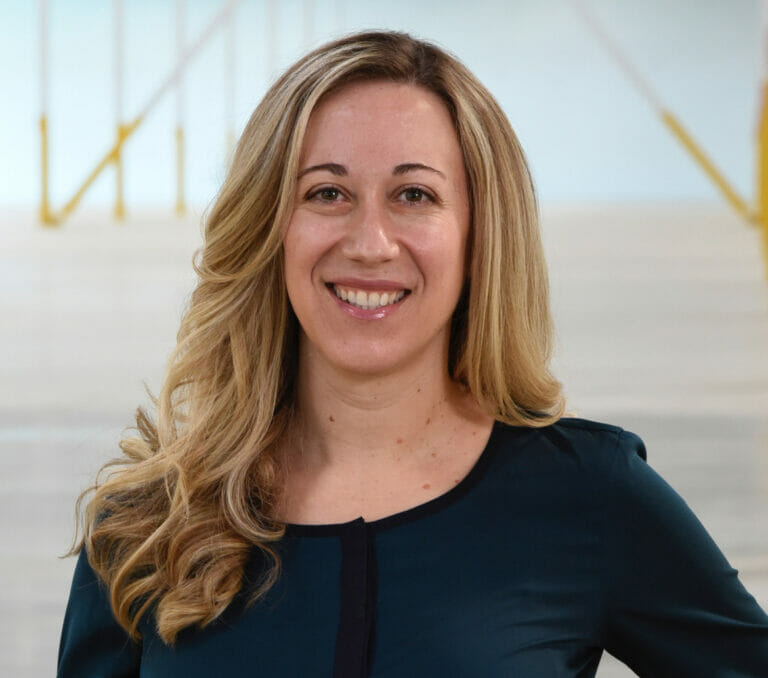CAR SEAT TIPS
Riding in cars can be a fast way to get from one place to another. That’s why it’s important to make sure kids are safely secured when making quick trips or long car rides. Here are few tips to make sure kids are safely transported in cars.
For information on where to get your car seat checked in the Sacramento area, click here. For locations outside the Sacramento area visit www.safercar.gov.
Check out The Ultimate Car Seat Guide
SEAT BELT TIPS
- Make sure all passengers wear safety belts for every trip, every time. Remember kids learn from adults.
- Never place the shoulder belt under your arm or behind your back. And be sure to check your kids for proper belt positioning.
SAFETY TIPS FOR IN AND AROUND CARS
- Never leave you baby or toddler alone in a car.
- Teach kids not to play in or around cars.
- Make sure all kids leave the car when you reach your destination. Don’t forget to check for sleeping babies.
- Always lock car doors and trucks, and keep remotes and keys away from kids to stop them from getting in the car when you are not around.
- Make sure kids play in safe areas away from any moving or parked cars.
- Teach kids never to run out into the street.
- Walk around your parked car to check for kids before getting into your car.
- Hold your child’s hand when in driveways or while walking near moving cars.
For more information on child passenger safety, click here.
A scald injury can happen at any age. Children, older adults and people with disabilities are especially at risk. Hot liquids from bath water, hot coffee and even microwaved soup can cause devastating injuries. Scald burns are the second leading cause of all burn injuries.
- Teach children that hot things can burn. Install anti-scald devices on tub faucets and shower heads.
- Always supervise a child in or near a bathtub.
- Test the water at the faucet. It should be less than 100° Fahrenheit (38° Celsius).
- Before placing a child in the bath or getting in the bath yourself, test the water.
- Test the water by moving your hand, wrist and forearm through the water. The water should feel warm, not hot, to the touch.
- Place hot liquids and food in the center of a table or toward the back of a counter.
- Have a “kid-free zone” of at least 3 feet around the stove and areas where hot food or drink is prepared or carried.
- Open microwaved food slowly, away from the face.
- Never hold a child while you are cooking, drinking a hot liquid, or carrying hot foods or liquids.
- Never heat a baby bottle in a microwave oven. Heat baby bottles in warm water from the faucet.
- Allow microwaved food to cool before eating.
- Choose prepackaged soups whose containers have a wide base or, to avoid the possibility of a spill, pour the soup into a traditional bowl after heating.
- For more information on scald injuries, visit flashsplash.org or NFPA.org.

